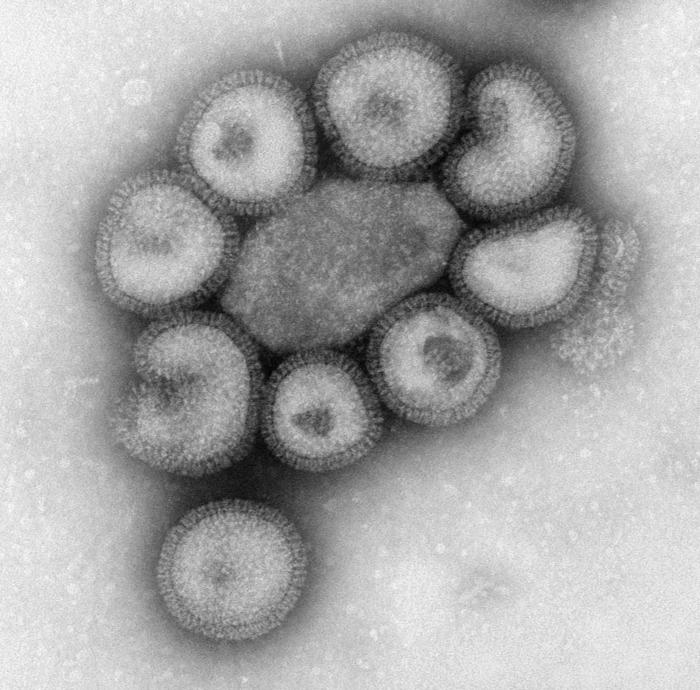Analysis of one of the genes in the H5N1 flu virus, which is viewed as the best contender for the next pandemic, has shed new light on the virus's awesome virulence.
 Researchers Zachary Bornholdt and Venkataram Prasad from Baylor College, Houston, writing in this week's Nature, have analysed the structure of the H5N1 flu NS1 (non-structural 1) gene, which has a track record for helping the virus to evade the immune response. The researchers purified and made crystals of the NS1 protein, which they then examined with X-rays to pick apart the molecular structure and therefore how the protein might thwart the body's attempts to attack the virus.
Researchers Zachary Bornholdt and Venkataram Prasad from Baylor College, Houston, writing in this week's Nature, have analysed the structure of the H5N1 flu NS1 (non-structural 1) gene, which has a track record for helping the virus to evade the immune response. The researchers purified and made crystals of the NS1 protein, which they then examined with X-rays to pick apart the molecular structure and therefore how the protein might thwart the body's attempts to attack the virus.
Previous research had shown that part of the way that NS1 achieves its effects is by blocking the actions of an immune-signalling hormone called interferon; this puts cells on high-alert and switches on a variety of safety measures in cells that enable them to detect the presence of viruses and prevent their growth. One of the cellular trip-wires laid to detect viral intrusion are molecules that are sensitive to a form of genetic material called double-stranded RNA, which is never normally present in a cell but is produced when some viruses, inclujding the flu, infect a cell. But somehow flu delicately tiptoes past these defences, and now the studies on the NS1 gene may explain how.
Previously scientists thought that NS1 worked as a double act known as a dimer, with two molecules joined together. But when Bornholdt and Prasad prepared the crystals of the protein they found that the NS2 molecules were linking together to form tube-like structures resembling the cardboard roll at the centre of a reel of paper towel. This tube, they found, forms around viral double-stranded RNA molecules, disguising them from the cell's surveillance. This discovery could help scientists to develop small molecules designed to disrupt the process, thwarting the viral subterfuge.










Comments
Add a comment